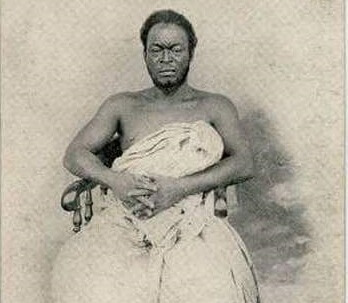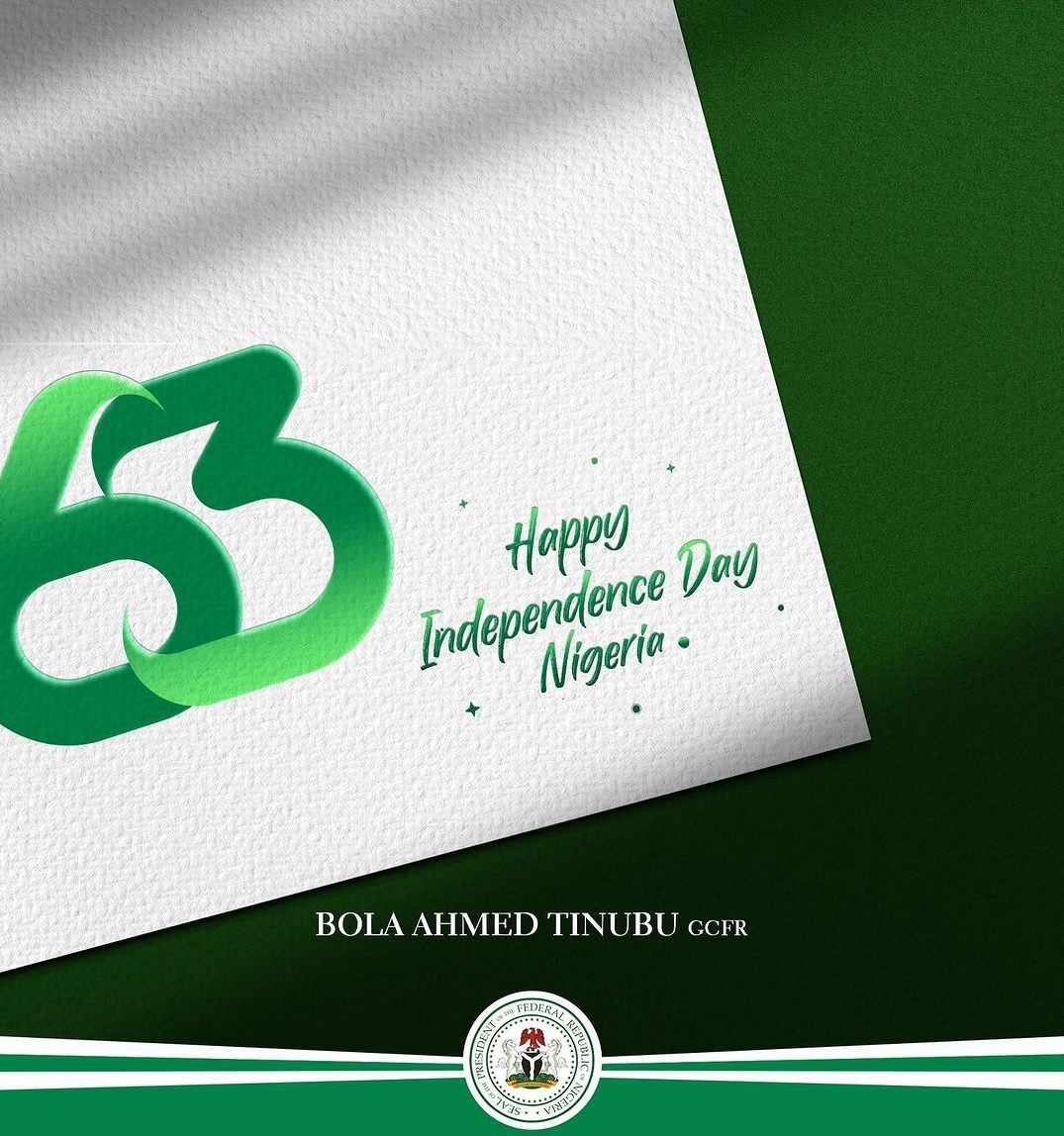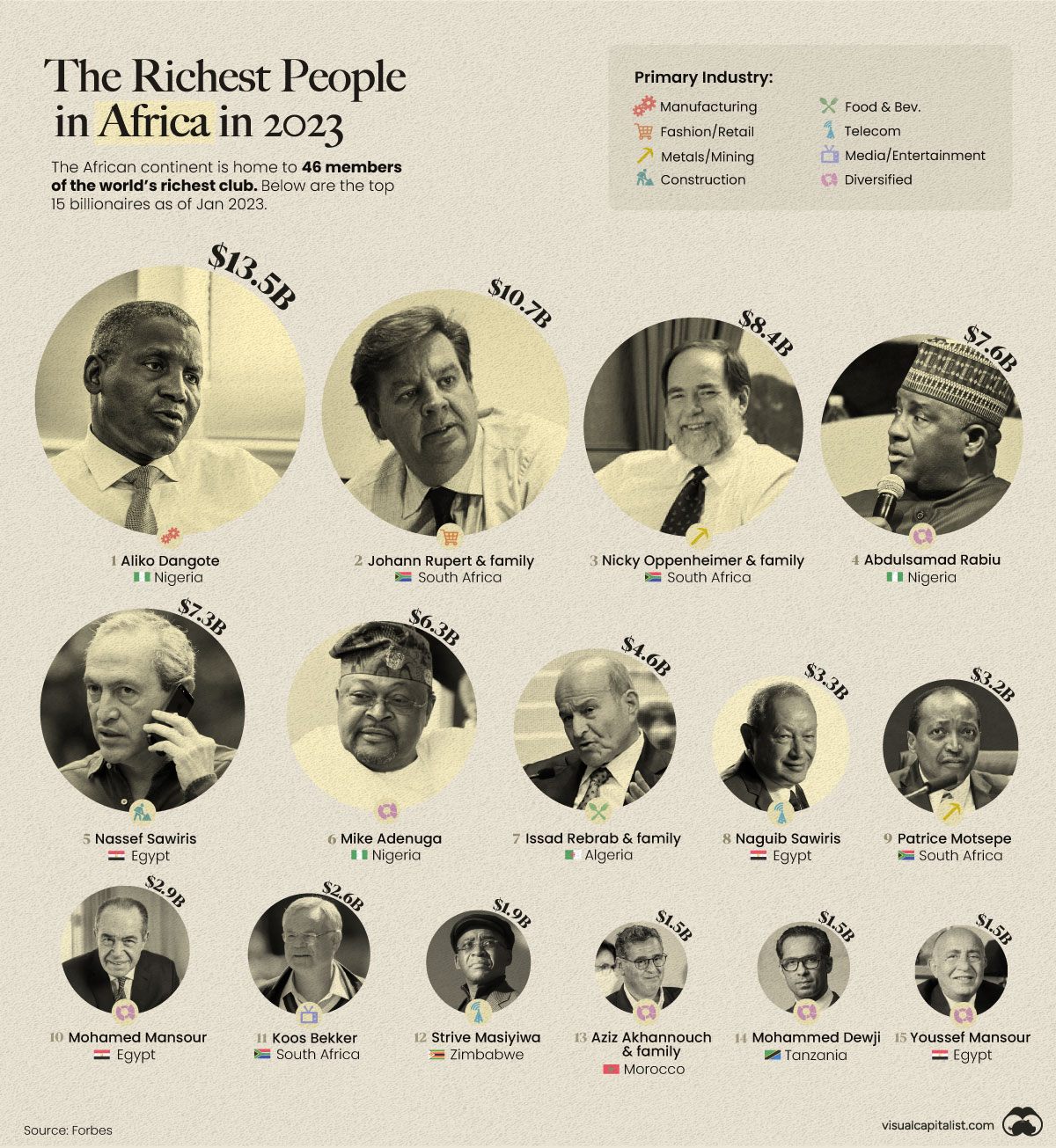
Benin Empire is the kingdom of the Edo people in the Guinea Coast, near the mouth of the Niger. Portuguese travelers described its capital as a big city, surrounded by high wall, and having a broad street through the center. To be sure, the kingdom is, using R.E. Bradbury’s definition, the area within which the Oba of Benin was recognized as the sole human arbiter of life and death. This definition by author of Benin Studies will, at the height of Benin glory, stretch the kingdom far beyond its solid core, taking little account of linguistic and cultural divides. It will therefore embrace considerable populations of eastern Yoruba and western Ibo, with the Yoruba sticking to their own political systems. While these non-Edo speaking people once fell under the influence of Benin power, certain peoples of close linguistic group like the northerly Etsako and northwest Edo, to the southerly and remoter Urhobo and Isoko maintained separate existence. By the late 15th Century, Benin had conducted long campaigns in far places with its large army. A hundred years later, army had reached Lagos, and Ottun which shared a boundary with Oyo. A troop had reached the Niger too. The kingdom of Benin itself however remain distinguished from the outlying territories which at various times accepted the Oba’s suzerainty. The kingdom of old is roughly conterminous with the more modern Benin Division of the Mid-Western Nigeria. In these areas, the Oba’s writ is most strong and consistent.
Life in ancient Benin

The Benin kingdom was known to be one of the oldest and most stable of the larger political entities in the forest zone of West Africa. Apparently, it had reached the apex of its civilization in the 16th and 17th centuries- and the recovery that latter times offered was no match for its past glory. Jacob U. Egharevba said in his 1952 book, The City of Benin that the view of the city appears dull, insignificant, and uninteresting at the first sight to strangers so that one can hardly believe that it was once the capital of a powerful kingdom and large empire in West Africa. By the time Ruy de Sequeira discovered Benin City in 1472, it had begun to decay and population had dwindled; a trend that was to continue till the expedition of 1897. The narrative of visitors like Joao Afonso d’Aveiro was however of an impressed voyager. De Pina, Pereira and de Barros described the city they saw as a highly developed society. The same was the testimony of an anonymous adventurist, probably Direrick Ruiters, who at the beginning of the 16th century made his visit; some decades later, Olfert Dapper referred to it as the “Great Benin.” It is said that a Christian church had been erected in town in 1553, and an unreferenced source claims the Oba of Benin to have learnt the Portuguese language and to have visited the country. The progress that this development paints was not to last. In 1702, Nyandael found a city that had been distraught by a civil war- a downward spiral that would prepare the city for its lowest commentary yet. Richard Burton in 1862 met a kingdom’s culture that was running down. The barbarism, tyranny and human sacrifices which he saw would be communicated to Europe, bringing the British Empire to a consciousness which will be employed in justifying the sack of the city. Ovonramwen, Oba of Benin at the time of the expedition unwittingly provided the impetus for the discontinuation of the empire when he attempted to continue in the old ways of his predecessors with his protectionist policies which was in conflict with free trade and against the spirit of the new times.

Legend of Benin
In the times of yore, Benin City was called Igodomigodo, in the days of the Ogisos or kings of the sky. These kings of the first period of the empire precedes the last thirty-seven remembered kings of Benin whose dynasty is supposed to have its origin in Uhe, the Edo name for Ile-Ife. “Dynastic time” through which the people order their past puts the first of these remembered kings in the early thirteenth century. That this dynasty was derived from Ile-Ife, Bradbury wrote, is beyond reasonable doubt. Benin legend asserts that while the kingship was from Ile-Ife, its first incumbent was a native born Edo. Myth of the dynasty links up the Benin monarchy with the dynasties of most Yoruba groups, most significantly, the old Oyo Empire, which like Benin, claims Oranmiyan as the founder of their royal line with the political innovation that gave rise to the two empires setting in motion at Ile-Ife.
In Benin legend, Oranmiyan himself had been sent to rule by his grandfather, prince of the last Ogiso, Oduduwa who exiled to Ile-Ife in anger over the machinations of a woman in court who misrepresented the oracle. Oduduwa sent Oranmiyan to rule in response to a plea from Benin as he was already king at Ile-Ife and did not desire to relocate. Oranmiyan was not born in Benin, and he knew little about their culture and mysteries. Believing this will constitute a problem, he passed the throne to Eweka I, a son he had with an Edo woman. Oranmiyan left for Ile-Ife and later, Oyo where he became the first Alaafin. Before he did, he changed the name Igodomigodo to Ile Ibinu, which means “land of vexation” because of its numerous sacrifices. Oba Ewedo called the city Ubini, and later Edo to immortalize his friend who goes by same name. Benin was for the reason of Ewedo’s relationship with his friend called Edo Nevbo Ahire, or Edo, or “Benin, the city of love”. Incidentally, no love was found in the chronicle of the invaders of 1897 but blood of those who had been sacrificed or left to waste.
Legacy
Legacy of the Benin Empire is found in the wall, a massive earth wall and ditch some six miles in circumference which encircled the capital city. Within the wall, the town was divided into two unequal parts by a long broad avenue. A.Y. Eke claimed in his forward to a 1974 book, Benin Archaeology by Graham Connale that there is hardly a reputable Ethnographic museum in the world that has no piece of Benin bronze, wood or ivory sculpture. The Benin Art, according to Frank Willett in 1967 book, Ife in the history of West Africa Sculpture, was stemmed from Ife Art. These works of immense craft were looted during the expedition which dissolved the Benin Empire.





















